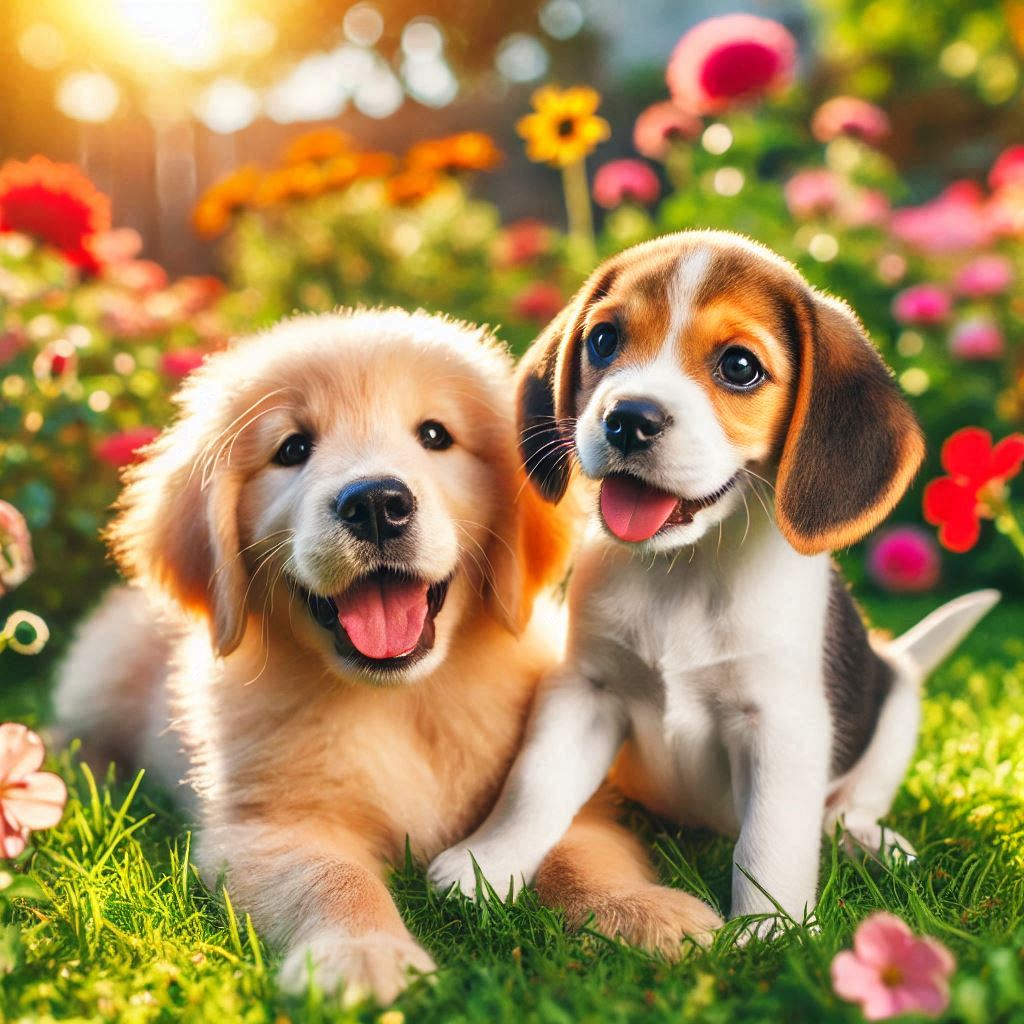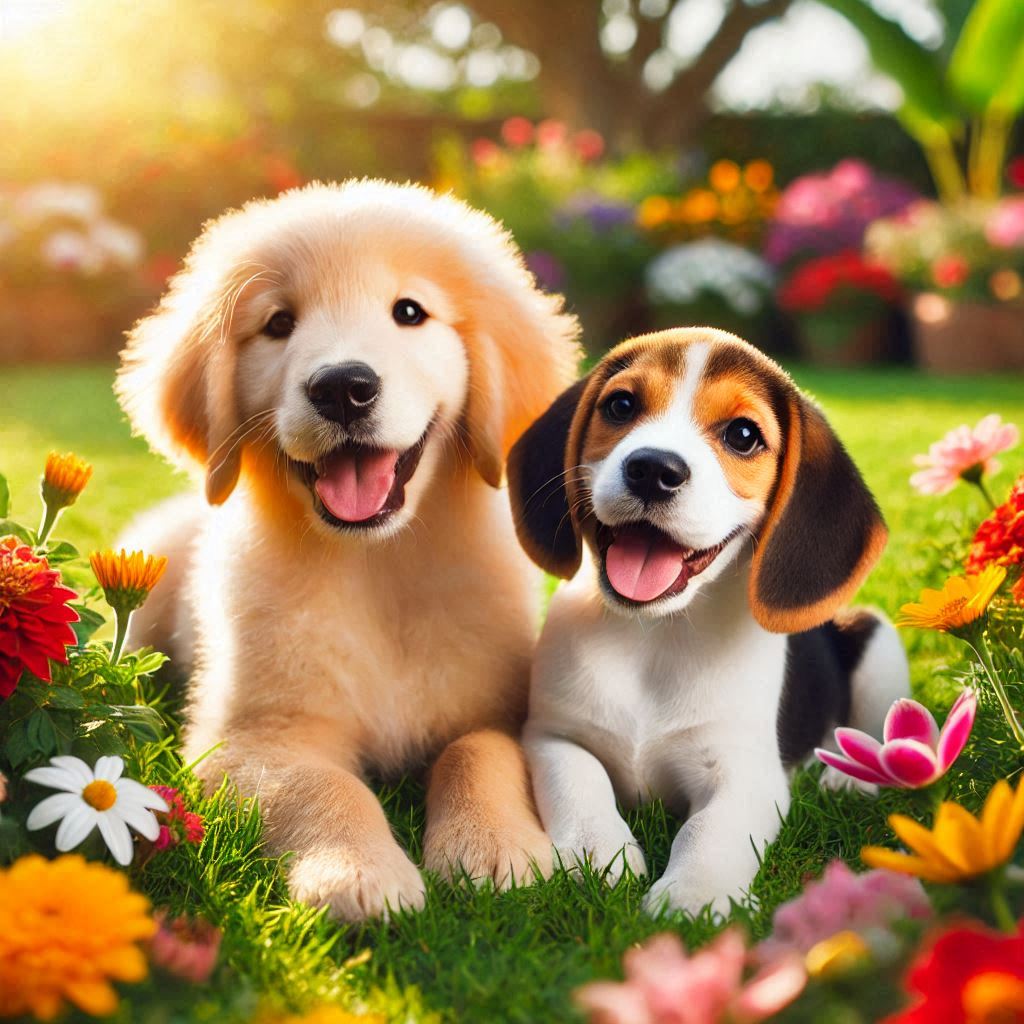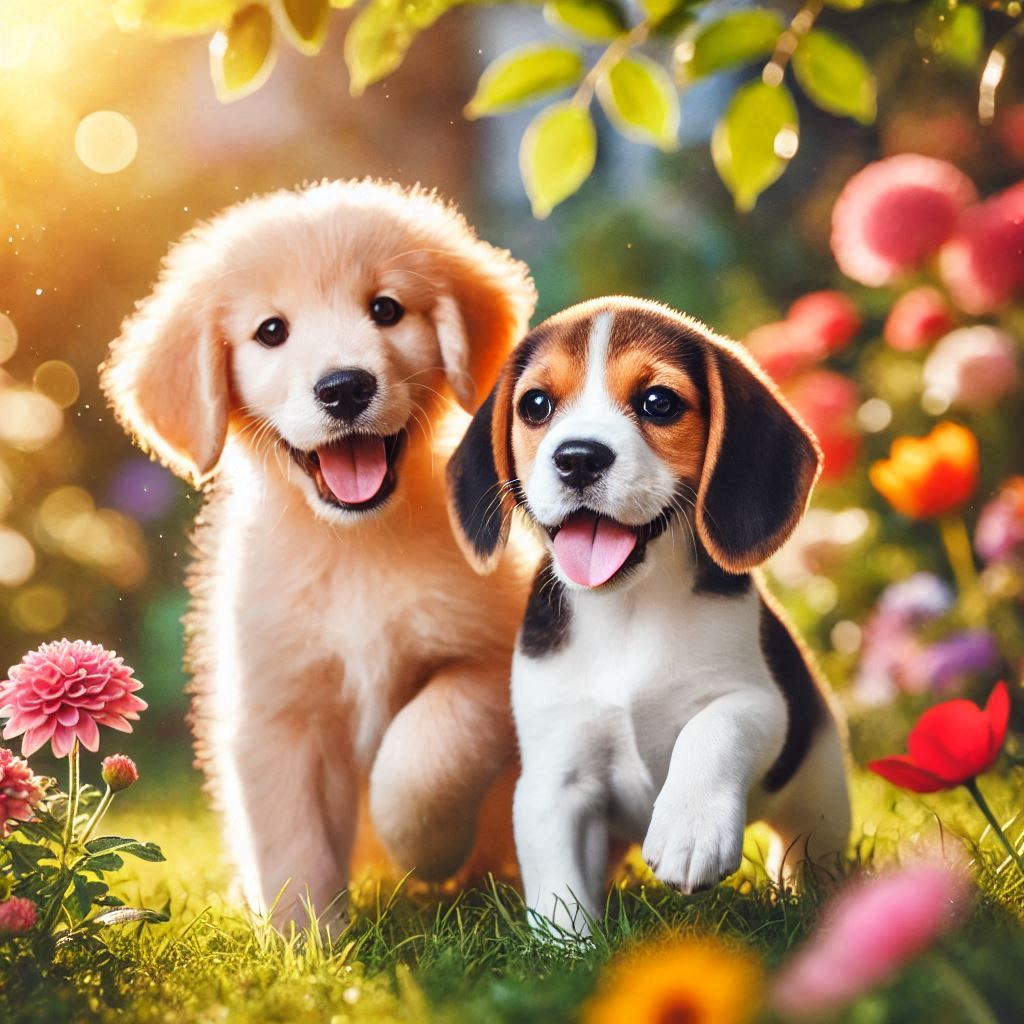Puppy play is natural and helps develop social skills, but overly aggressive play can lead to problems. Here’s how to identify if your puppy is playing too aggressively.

Signs of Aggressive Play
- Excessive Growling or Barking: While some noise is normal, constant or loud growling paired with stiff body language may indicate aggression.
- Biting Too Hard: Play biting is common, but if your puppy bites hard enough to cause pain or leave marks, they might be too aggressive.
- Ignoring Social Cues: Puppies often give signals like yelping or moving away to indicate they want to stop. If your puppy ignores these cues, it’s a sign of overly rough behavior.
- Pinned or Cornered Playmates: If your puppy consistently pins down other dogs or corners them without giving space, it can be problematic.
- Body Language: Look for stiff posture, raised hackles, or a tense tail held high. These can be signs of escalating aggression.

What to Do If Play Becomes Too Aggressive
- Interrupt the Play: Use a calm but firm voice to redirect your puppy. Avoid yelling, as it can escalate the behavior.
- Teach Bite Inhibition: Reward gentle play and discourage biting by immediately stopping interaction when it becomes too rough.
- Supervise Play Sessions: Closely monitor play with other dogs or puppies to ensure interactions remain safe.
- Provide Mental and Physical Stimulation: Excess energy can lead to rough play. Offer toys, puzzles, and regular exercise to keep your puppy engaged.
- Seek Professional Help: If your puppy’s aggressive play persists, consult a trainer or behaviorist for guidance.

Conclusion
Recognizing the signs of aggressive play and addressing them early helps ensure your puppy grows into a well-behaved dog. Supervision, proper training, and understanding your puppy’s behavior are key to fostering positive interactions.
